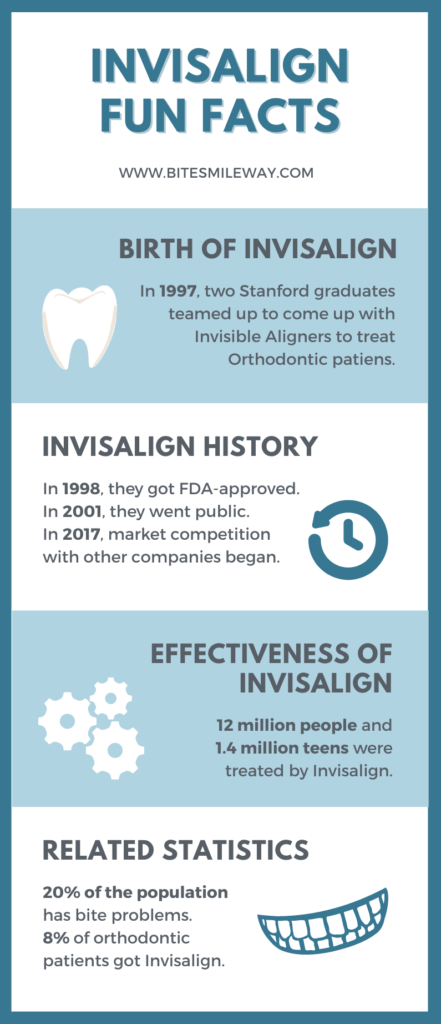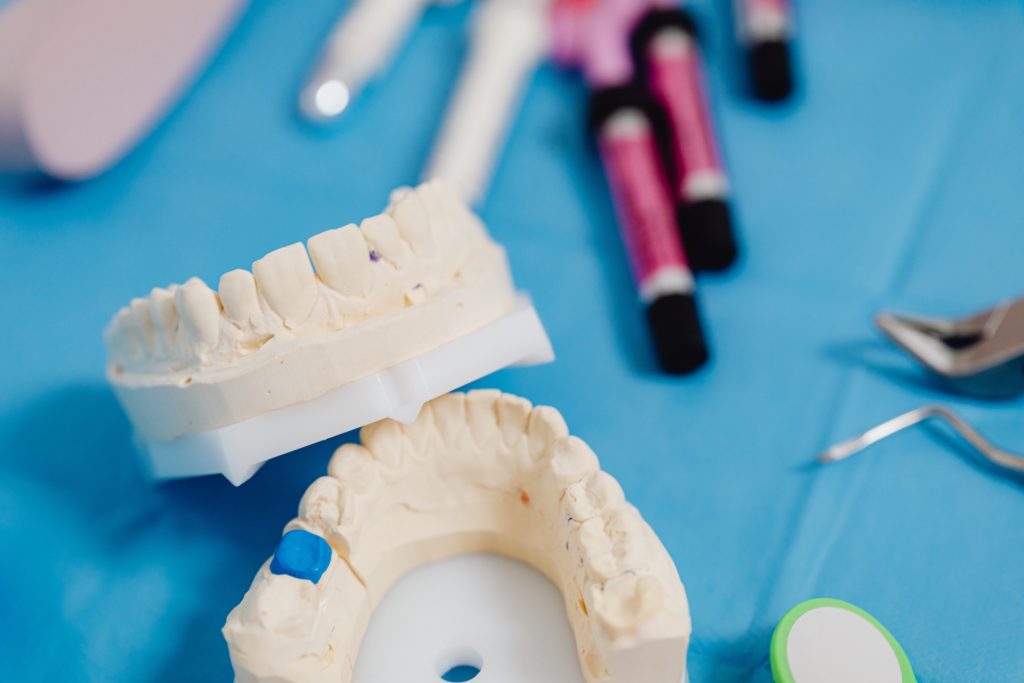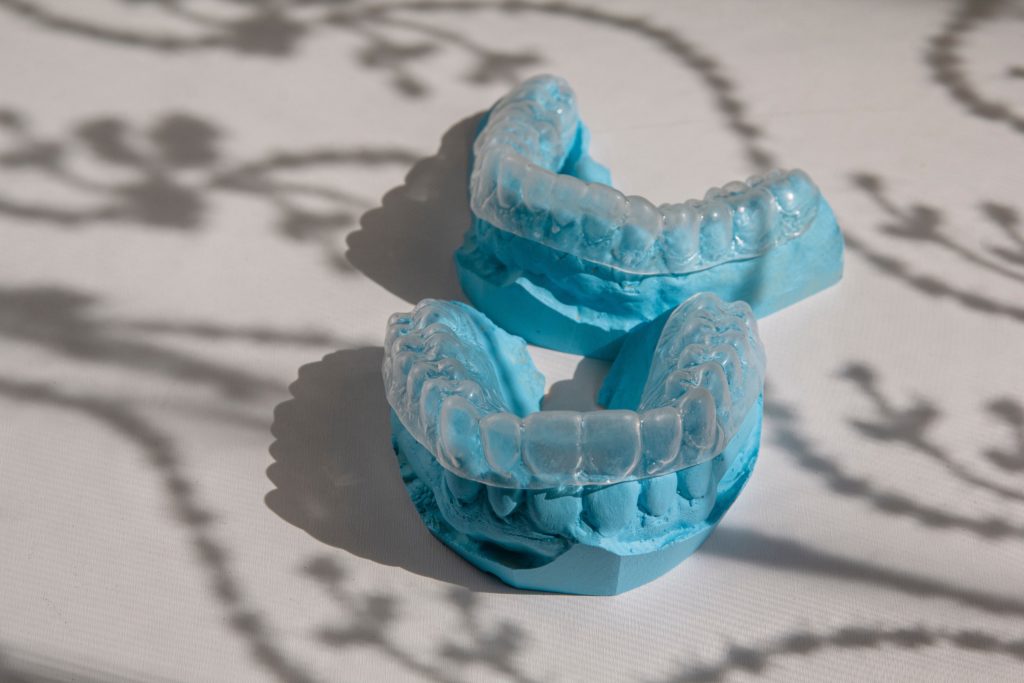Invisalign, Alternative to Traditional Metal Braces
Invisalign, a revolutionary advancement in orthodontic treatment, has emerged as a compelling alternative to traditional metal braces. What sets it apart is its discreet nature and the ease with which the clear aligners can be donned and doffed, making it an attractive choice for those seeking a less conspicuous path to a straighter smile. The surge in its popularity over recent years has naturally sparked a burgeoning curiosity about various facets of this treatment – its origins, historical trajectory, efficacy, financial considerations, and nuanced pros and cons. In the quest for a smile transformation, understanding the intriguing and insightful aspects of Invisalign can significantly inform your decision-making process. In this exploration, we delve into a trove of fascinating facts surrounding Invisalign aligners, unraveling the tapestry of this modern orthodontic marvel, and ultimately empowering you in your contemplation of embarking on this transformative journey for your teeth.
The Genesis of Invisalign
The genesis of Invisalign heralds a departure from the traditional orthodontic landscape, presenting a dynamic shift in how teeth alignment is approached. Its inception was not just about a novel product, but an entirely fresh perspective on orthodontic solutions. As we delve into its historical roots, we unveil a narrative of innovation, with a confluence of cutting-edge technology, visionary insights, and a resolute commitment to revolutionize the field. Tracing the evolution of Invisalign offers a fascinating glimpse into the minds behind this transformative concept, shedding light on the meticulous research and development that culminated in the discreet, removable aligners we know today.
Effectiveness of Invisalign
Effectiveness stands as a cornerstone consideration for any orthodontic intervention, and Invisalign has garnered a reputation for its remarkable results. Understanding the science behind its efficacy, the mechanics that drive teeth alignment, and the specific dental conditions that Invisalign can adeptly address, empowers individuals to make an informed choice. It allows for a comprehensive appreciation of how this innovative treatment modality can not only align teeth but also enhance overall oral health and function. Moreover, exploring the comparative effectiveness of Invisalign versus traditional braces provides valuable insights for those at the crossroads of this pivotal decision-making process.
Join us on an exhilarating journey through the annals of Invisalign, where we unravel its multifaceted layers, from its inception to its contemporary prominence. Together, we’ll unearth the pivotal milestones, the scientific underpinnings, and the practical considerations that collectively contribute to its widespread acclaim. As we navigate through these revelations, you’ll gain a holistic understanding of Invisalign aligners, arming you with the knowledge to embark on your orthodontic odyssey with confidence and clarity.

Origin of Invisalign
The inception of Invisalign can be traced back to the brainchild of Zia Chishti, one of its ingenious inventors. This transformative concept was nurtured under the roof of Align Technology, a pioneering company with its headquarters based in Arizona.
It was during Zia Chishti’s engagement with an adult orthodontic patient that the seeds of Invisalign were sown. Through careful observation and insightful experimentation, Chishti discerned the potential of retainers in effecting subtle but significant dental adjustments, laying the foundation for a groundbreaking orthodontic innovation.
Recognizing the promise of this novel approach, Chishti embarked on a collaborative journey with fellow visionary, Kelsey Wirth. Together, they undertook the formidable task of bringing this concept to fruition, thus giving birth to Invisalign.
Their partnership was marked by a shared dedication to not only identify a solution to a prevalent orthodontic challenge but to craft a tangible, effective remedy that would revolutionize the field.
In many ways, the genesis of Invisalign mirrors the origins of some of the world’s most remarkable inventions. It followed a trajectory familiar to many groundbreaking innovations – a passionate individual or a team identifying a pressing issue, conceiving a potential solution, and then wholeheartedly dedicating themselves to crafting a tangible, functional answer.
This narrative of ingenuity and perseverance has since propelled Invisalign into the echelons of transformative orthodontic solutions, impacting countless lives in the process.

Fun Facts about Invisalign
Invisalign History
The historical pursuit of orthodontic solutions traces back to ancient Egypt, where early attempts to employ metal for teeth straightening were documented. This enduring quest for improved dental alignment finds its echoes in the development of modern orthodontic treatments.
The inception of Invisalign, however, is a more recent chapter in this age-old journey. It emerged from the innovative minds of two Stanford graduates in 1997, marking its 25th year of transformative existence. A significant milestone in the journey occurred in 1998 when Invisalign received FDA approval, underscoring the product’s safety and efficacy.
Buoyed by this endorsement, the founders embarked on a path of expansion, forging connections with venture capital and garnering substantial investments. This strategic move paved the way for a momentous development in 2001 when the company went public, solidifying its position as a pioneering force in the orthodontic realm. As of 2022, Invisalign has rendered its transformative treatment to an impressive 12 million individuals, with a notable segment comprising 1.4 million teens. This underscores the broad appeal and efficacy of Invisalign across age groups. Additionally, by 2014, an extensive network of 80,000 dentists had been trained to provide treatment with Invisalign aligners, amplifying its accessibility and impact on a global scale.
Interesting Statistics Regarding Invisalign Treatment
Roughly 20% of the population contends with a range of bite irregularities, encompassing issues like crowding, spacing, overbites, crossbites, underbites, deep bites, and open bites. This pervasive prevalence illuminates the extensive demand for orthodontic solutions, transcending generational boundaries. It’s noteworthy that orthodontic treatments aren’t solely sought after by youngsters and adolescents, but also by mature adults seeking enhanced oral health and aesthetics.
When it comes to choosing the most suitable orthodontic approach, statistics from 2016 underscore the notable popularity of Invisalign. Among those electing to pursue orthodontic correction for improved bites and smiles, approximately 8% opt for Invisalign aligners. This data attests to the significant trust and preference accorded to Invisalign as a leading choice in the field of orthodontic care.
Invisalign Effectiveness
Invisalign boasts an impressive patient satisfaction rate of 96%, a testament to its effectiveness and comfort.
Given its burgeoning popularity and the consistently high levels of patient contentment, Invisalign is poised to maintain its position as a premier choice in the realm of alternative orthodontic treatments. Its continued success is a clear indicator of the trust and confidence placed in this innovative approach to orthodontic care.
Invisalign Cost
Determining the expense of Invisalign treatment is a highly individualized process, contingent upon various factors unique to each case. On average, this can range between $3,000 and $5,000, although it’s essential to note that these figures are approximate and can vary significantly based on specific circumstances.
My Case as An Example
For instance, in my personal scenario, the anticipated duration of my treatment is 18 months. In accordance with the intricacies of my case, the total cost is estimated at $6,500, denominated in Canadian dollars. It’s important to consult with your orthodontist, who will conduct a thorough evaluation and provide you with a precise cost estimate tailored to your specific needs and treatment plan. This level of individualized attention ensures that you receive accurate information pertaining to the financial aspect of your Invisalign journey.
Invisalign Pros and Cons
Invisalign boasts a range of advantages over conventional braces, extending beyond its ease of removal for eating and drinking. Many individuals appreciate the subtle appearance of these clear aligners on their teeth, enhancing their overall aesthetic during treatment. Additionally, maintaining optimal dental health tends to be a more straightforward endeavor while wearing aligners.
Nonetheless, it’s important to acknowledge that Invisalign may not be the ideal solution for complex orthodontic concerns. For some, adhering to the necessary routines and upkeep for proper aligner care can be perceived as less convenient. It’s imperative to weigh these considerations when evaluating if Invisalign aligners align with your specific orthodontic needs and lifestyle.



